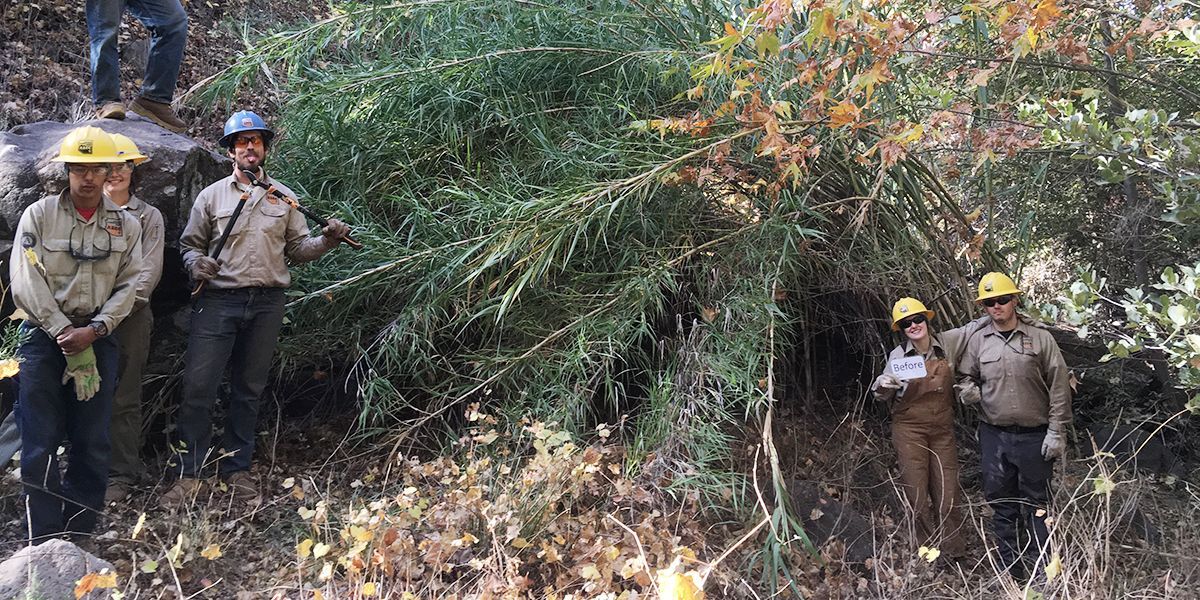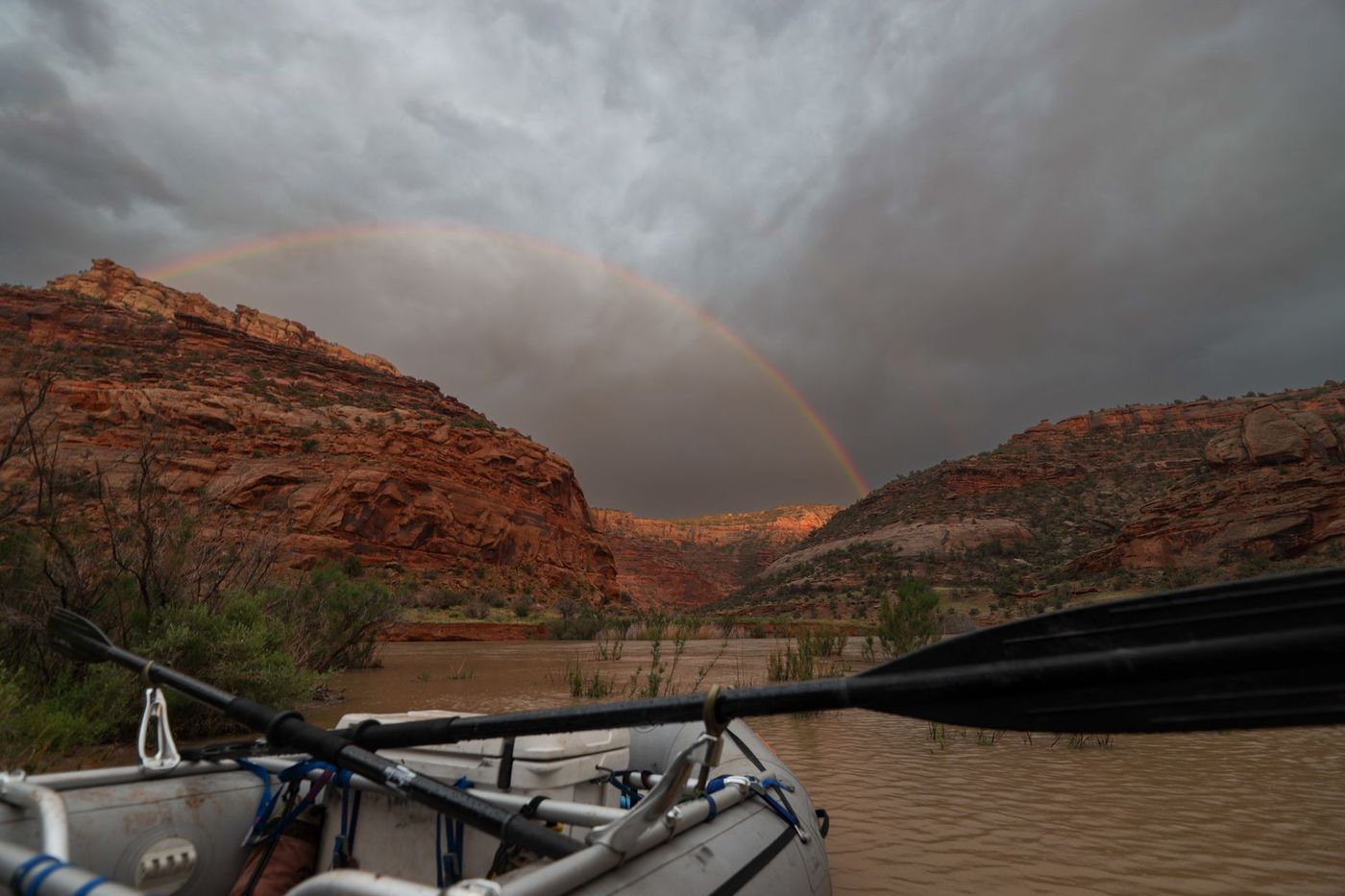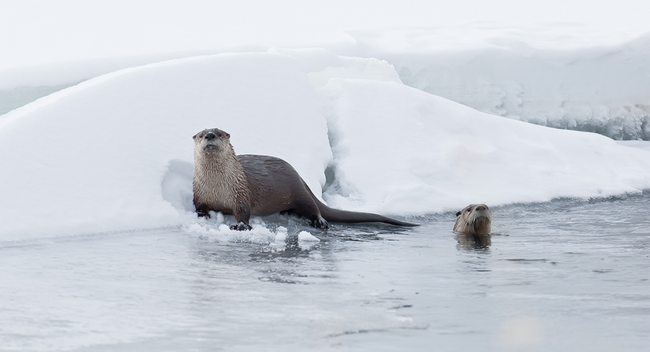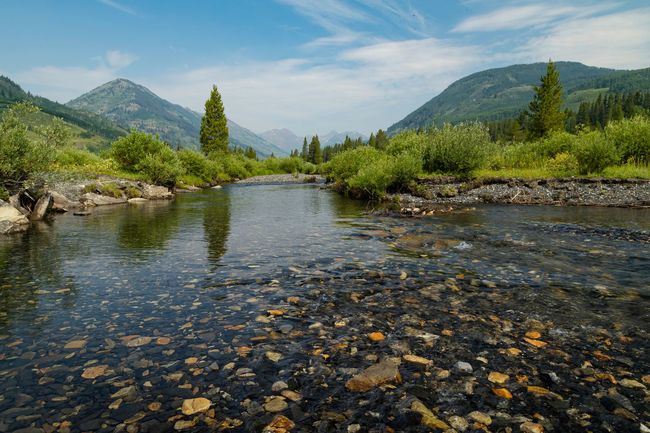Our Mission
We work to improve the health and vitality of rivers to ensure a future where water and its connected communities thrive.
Forever Our Rivers works to ensure reliable supplies of clean water, protect wildlife habitat around and within rivers, lakes and streams, and supports farmers and ranchers who grow local food and support our way of life in the Southwest. We are supported by a broad coalition of individuals like you, as well as businesses and foundations.
How we Work
Partner Selection
We seek partners as diverse as the landscapes and cultures we protect. We invest in carefully chosen community organizations whose years of experience and nuanced local knowledge ensure the projects we fund have lasting impact.
Data Driven
Our work does not stop when a restoration. project is complete. We collect, review and share data annually to maximize the the effectiveness of the project and guide future projects.
Committment to Equity
The voices of rich diversities of talent, background, belief and culture which embody the communities we fund are incredibly important to us. We strive to share our programs and resources equitably, and we acknowledge it takes work and intention to overcome cultural, geographic and economic barriers— as well as historic traumas— that can hinder the progress of our mission.
We can achieve outwardly only what we model within, and we recognize this evolution is an ongoing process.
At Forever Our Rivers, we understand that we are all composed of the same waters.





$4+
million dollars
// conservation impact since 2018
335,880+
acres
// riparian habitat restored and protected
Solutions for businesses
We help creating a cleaner and more sustainable future by reducing waste, advocating recycling, and nurturing a culture of environmental responsibility.












